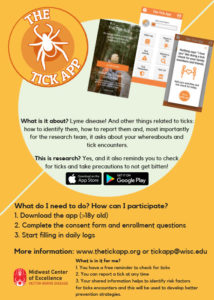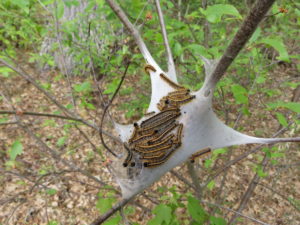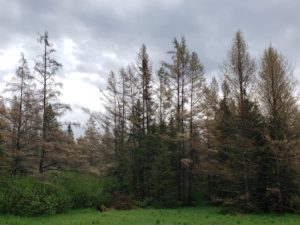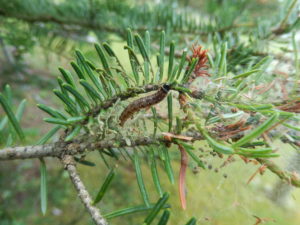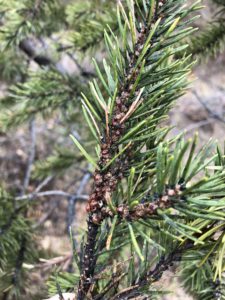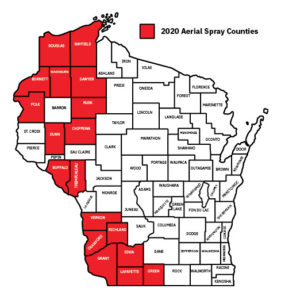By Bill McNee, forest health specialist, Oshkosh, bill.mcnee@wisconsin.gov, 920-360-0942
The Division of Forestry has completed a revision of the emerald ash borer silviculture guidelines to help foresters prepare for and respond to the arrival of emerald ash borer (EAB) in a forest stand.
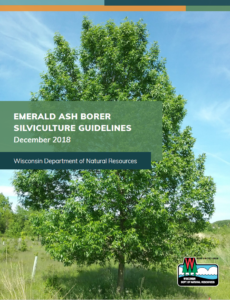 Continue reading “Updated emerald ash borer silviculture guidelines now available”
Continue reading “Updated emerald ash borer silviculture guidelines now available”

